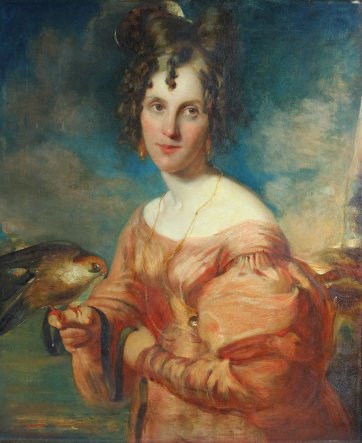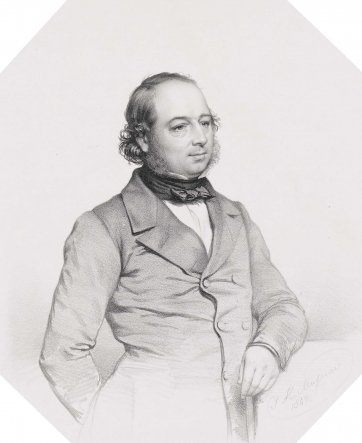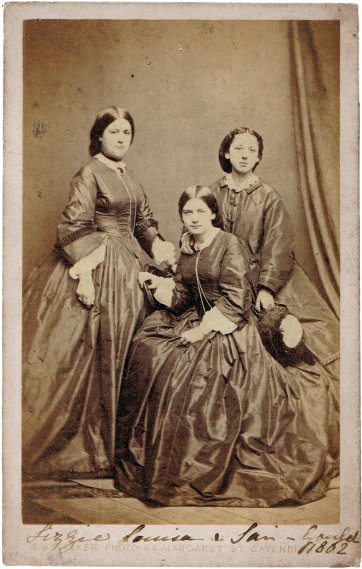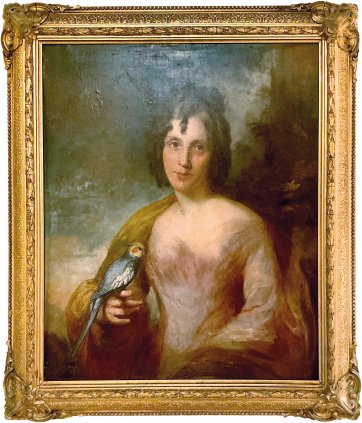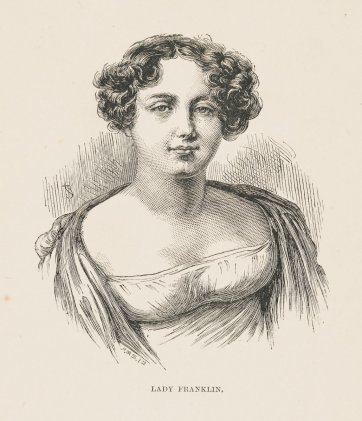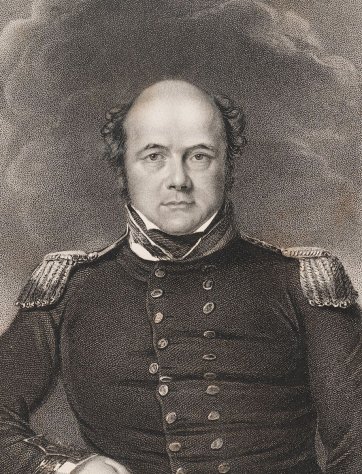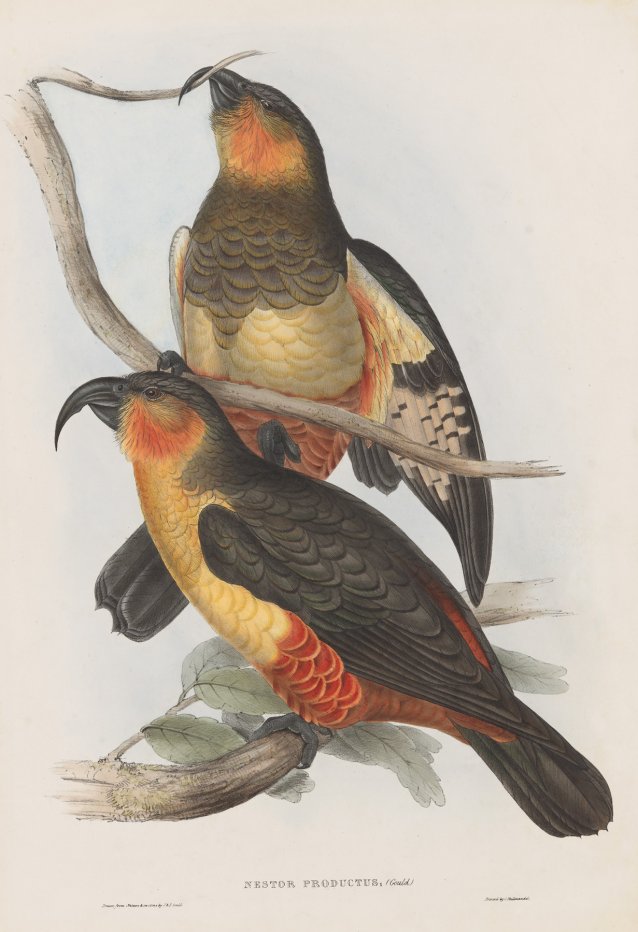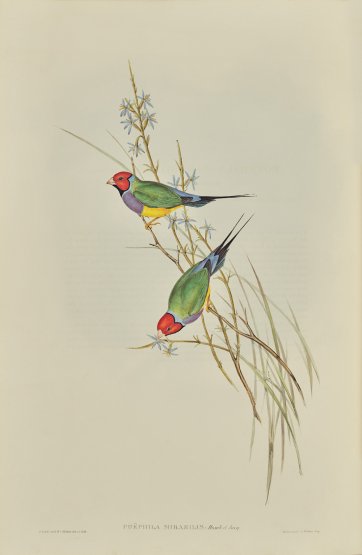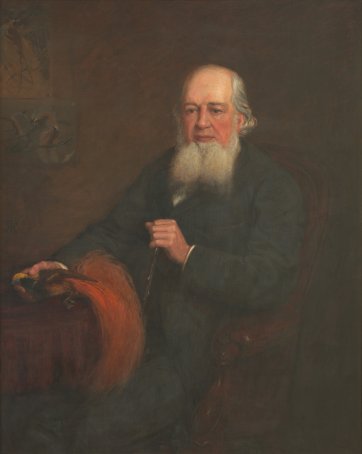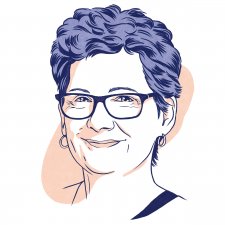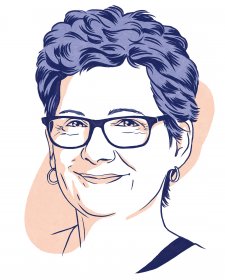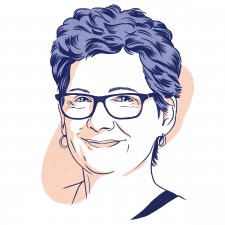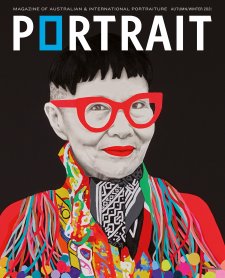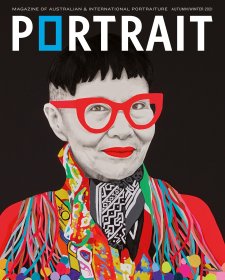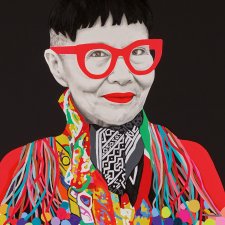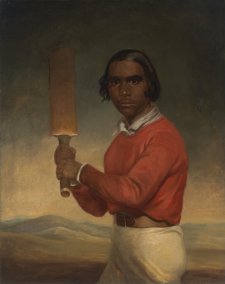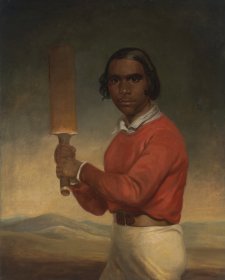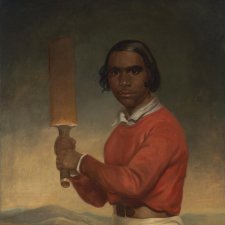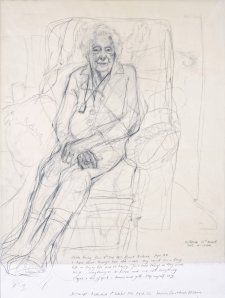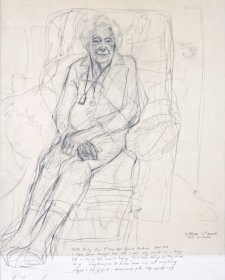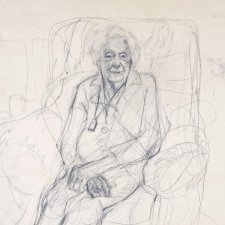I am convinced of John’s sincerity when he wrote the introduction to The Birds of Australia, Volume 3, 1848, with the inclusion of a dedication to Elizabeth in the form of the Amadina gouldiae (now Chloebia gouldiae) – or Gouldian finch – named for her.
‘It is therefore with feelings of no ordinary nature that I venture to dedicate this new and lovely bird to the memory of her, who in addition to being a most affectionate wife, for a number of years laboured so hard and so zealously assisted me with her pencil in my various works, but who, after having made a circuit of the globe with me, and braved many dangers with a courage only equalled by her virtues, and while cheerfully engaged in illustrating the present work, was by the Divine will of her Maker suddenly called from this to a better and brighter world; and I feel assured that in dedicating this bird to the memory of Mrs Gould, I shall have the sanction of all who were personally acquainted with her, as well as of those who only knew her by her delicate works as an artist.’
The cockatiel and the finch beckon me back to another truth associated with the Goulds where there was, emphatically, no evidence of consent: the British colonisation of land which belonged to others.
John’s expeditions in Australia were often informed by Aboriginal guides. Eliza remembered, ‘Father was necessarily out most of the time exploring and I have heard him speak of the blacks he had with him, especially of one with his wife Jennie and of the convicts Government allotted to him to explore’. The Goulds saw no paradox in their ready acknowledgement of the pre-existent knowledge of country, flora and fauna of their Aboriginal guides. Indeed, there was a further irony; John warned of the danger to native species of birds and animals if unfettered colonial settlement was allowed to destroy their natural habit. They were prophetic words – the previous population of hundreds of thousands of Gouldian finches has now been reduced to small colonies.
There was another incursion: Elizabeth’s brothers, Charles and Stephen Coxen, were early settlers to Australia; while on a four-month expedition seeking specimens of birds and mammals for the Goulds, and travelling in sparsely settled country between the Hunter and Namoi Rivers in NSW, they took a five-year-old Gamilaraay boy, John Bungaree (1829–1855). It is unclear how and why they did this, and I am yet to find out. It is possible they found him after his family had been forcibly dispersed by them or others. The Sydney Gazette (18 April 1835) reported that the area was densely inhabited with hostile Aborigines: ‘Although Mr Coxen had some tame blacks with him, he could not communicate with these people’.
Stephen Coxen ‘adopted’ Bungaree and educated him at the Normal Institution in Sydney, alongside his own son. John Bungaree became a nineteenth-century exemplar of Aboriginal assimilation. George Augustus Robinson, Chief Protector of Aborigines in Port Phillip District, wrote in his journal in 1838: ‘Visited the normal school in Hyde Park. Saw an aboriginal native youth drawing. He had, the master reported, made great advance in education, could read and write and had a taste for drawing.’
Elizabeth’s friend Lady Franklin went in 1839 to meet the prize-winning student. As The Australian noted, ‘It must not be supposed that the prize thus awarded was given in courtesy to his nation. It was fairly won from his class fellows by his ability in writing, geography and English grammar – more particularly the latter!’ The following year The Sydney Gazette followed up with, ‘It is astonishing to state that the aboriginal native lad, John Bungaree, acquitted himself much superior to the other boys of his age.’
Bungaree’s life was further fractured when Stephen Coxen, bankrupted by drought and severe flood, took his own life. Aged fifteen, Bungaree was then employed on Charles Coxen’s property on the Darling Downs; and at twenty-three he was strongly encouraged to join the Corps of Native Police on the colonial frontiers of Queensland.
Keith Vincent Smith’s 2011 piece on Bungaree in The Dictionary of Sydney states: ‘In January 1854 Sergeant John Bungaree and two Aboriginal troopers were sent to blaze trees marking the route of the mail run from Traylan … to Gladstone. Aborigines attacked the three men as they slept in camp and Bungaree was clubbed with a nulla nulla.’ Bungaree would die seven months later from a lung infection, having expressed his wish that he had never been taken out of the bush, as he had been left irretrievably trapped between two cultures.
I say sorry for this terrible violation of him, his family and his nation. Unlike Elizabeth I do not have a portrait of Bungaree to scrutinise, but I am researching to bring him into full focus alongside my family portraits. Perhaps it is inevitable that delving into the recesses of family histories will uncover uncomfortable truths. When they emerge, the very least we can do is to present them with honesty and accountability, so that both light and shadow are in full view.
